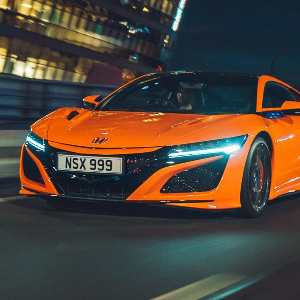
The Toyota Yaris has bags of character and a fizzy hybrid engine. But is it the right car for you? Read on to find out.
Every country has its own needs and preferences for cars. While a regional favourite does not always translate to an international bestseller, an underperformer in one market might still gain some traction in another. Such is the case with this Toyota Yaris.
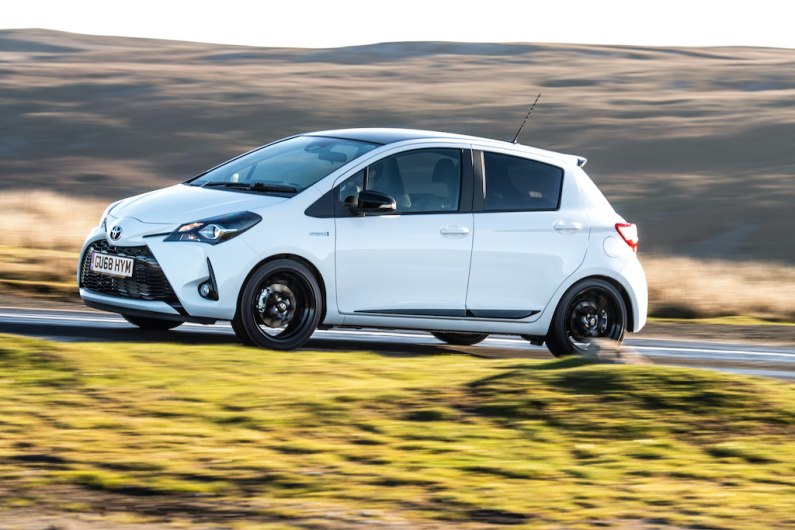
Superminis, such as the Toyota Yaris, Ford Fiesta, Volkswagen Polo, and Honda Jazz, are all popular choices in the UK. As Brits we value their compact scale and strong financial proposition.Like we said, every country has its own needs and preferences.
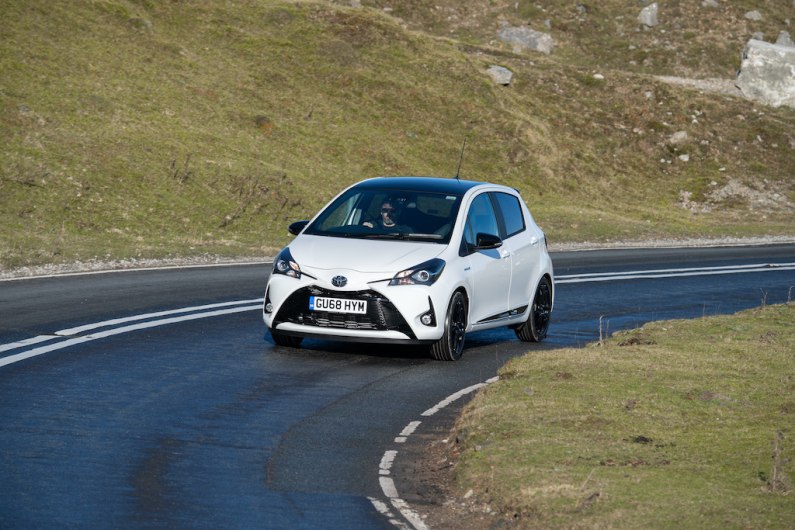
The Yaris has a more characterful look than the other B-segment hatchbacks, something that usually plays well with buyers. Europeans do love its compactness. A large grille and halogen high/low beams lead the taught bodywork that certainly makes this Yaris more distinctive than ever.
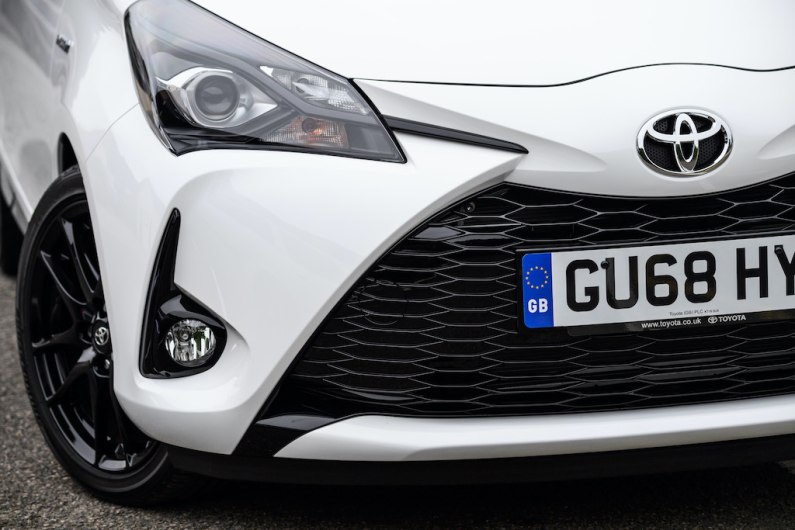
The compact shape is garnished with 16-inch alloy wheels, a single-camera at the front for speed limit sign recognition. The manual keyhole on this example is throwback from a time before keyless entry systems.
This Yaris lacks the premium materials found in some rivals. The plastic steering wheel is ergonomically shaped, making it comfortable to grip. There’s even some padding on the door panels to rest your elbows, even if the rest of the panel is plastic. Its dashboard is clean and simple, appearing much more grown-up than before. You’ll even find dual-zone climate control – a rarity in this class. That said, material quality and connectivity beyond one USB port is lacking.
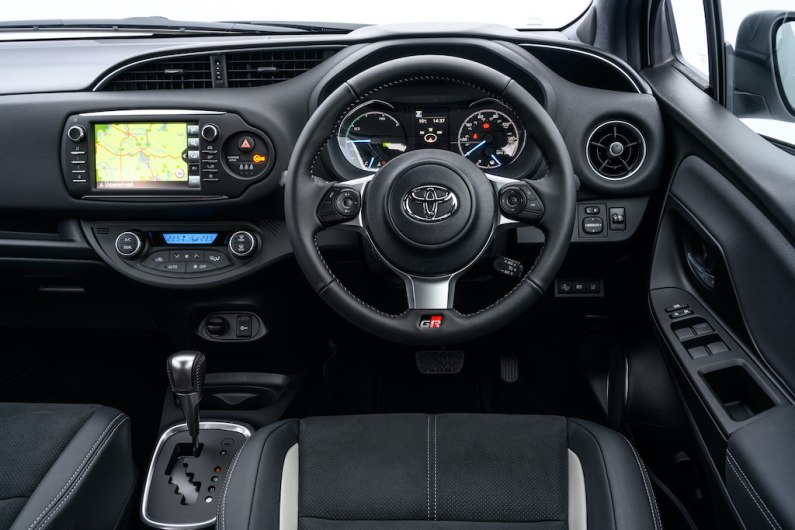
The breathable cloth seats are comfortable. Our 182cm test driver, with the seat adjusted to a comfortable position, could fit one full fist and one finger above him. In the rear seats there’s only two fingers left in front of and above him. The middle seat is very narrow and a hump in the floor caused by a battery pack does prevent you from sitting comfortably.
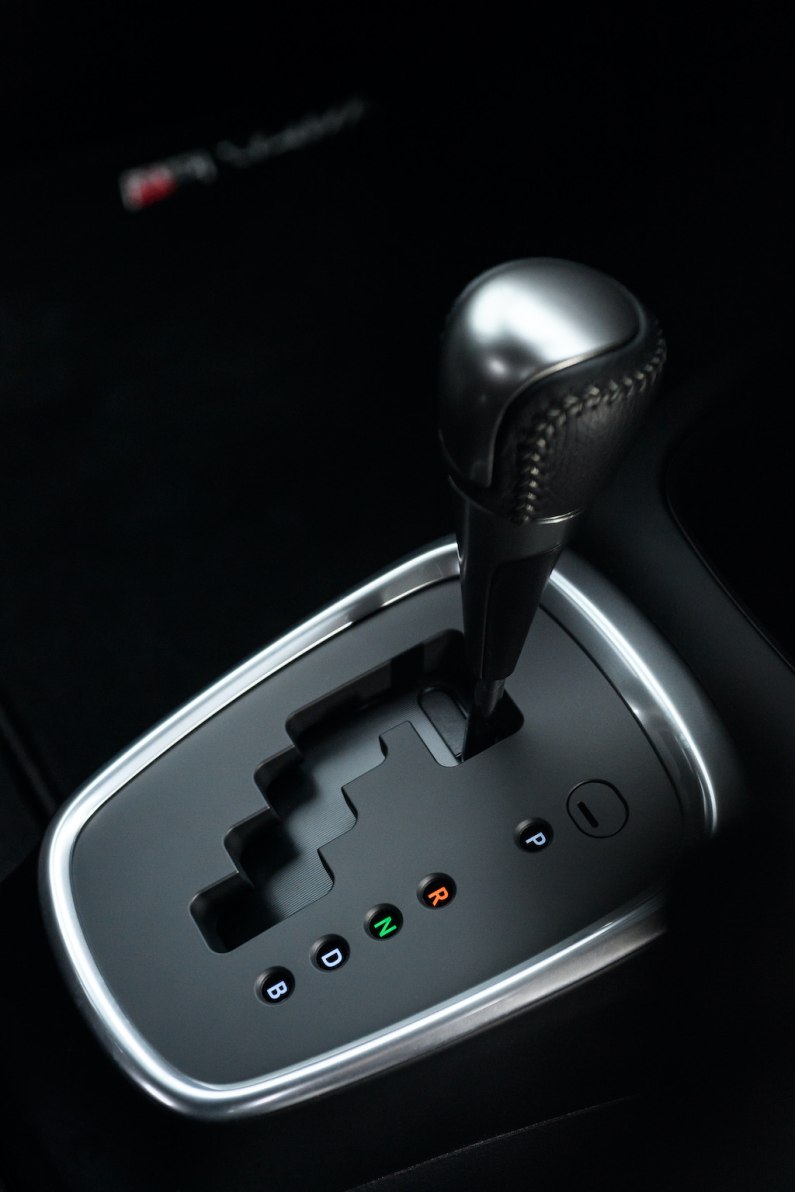
Storage is a mixed bag with console space allowing for somewhere to put your smartphone, but not when the cupholder is in place. Thankfully the glovebox is a respectable size, but overall the Yaris could do better.
This Yaris comes with a 1.5 litre petrol engine that produces 100hp at 4800rpm, and 111Nm torque at 3600-4400rpm. There’s also an electric motor to boost it, with a 60bhp maximum output, and 169Nm torque. The transmission takes the form of an E-CVT gearbox.
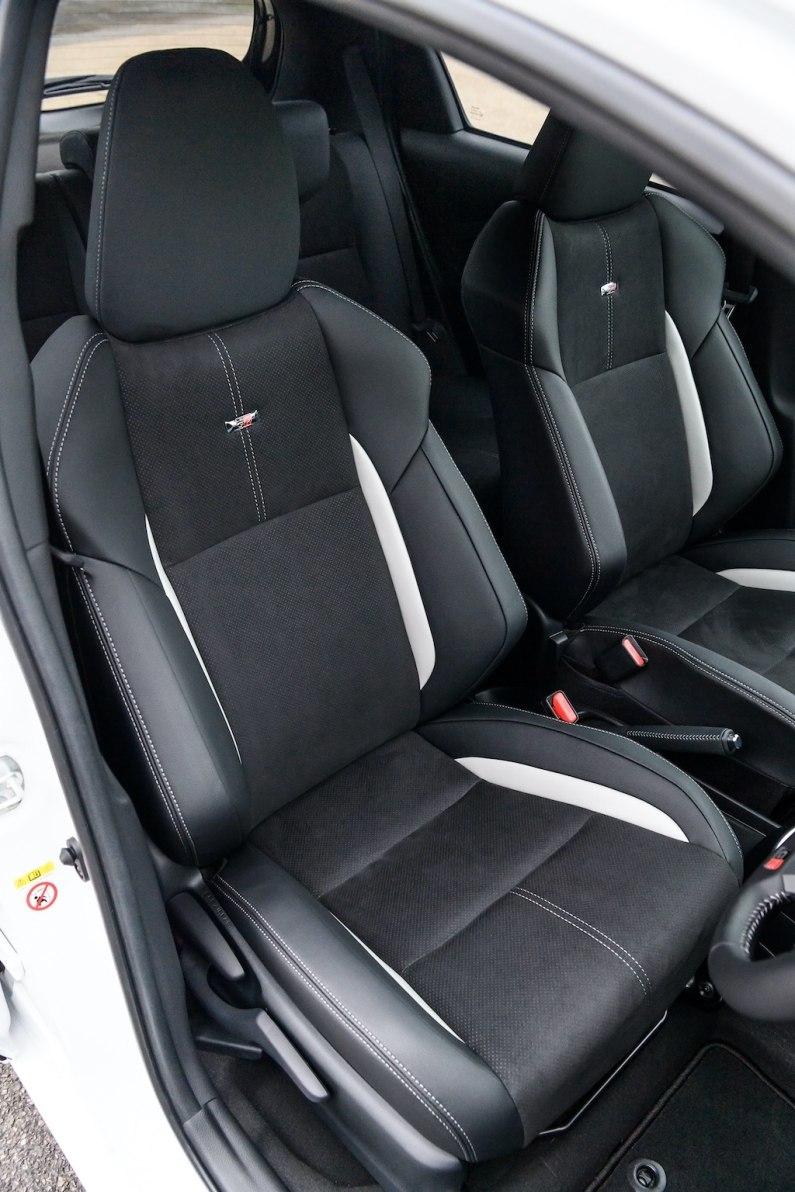
The petrol engine does not kick in at the start. You may initially mistake this for an electric car from the initial silence before combustion begins. On the move, don’t hold your breath on engine performance. Be well prepared when you plan on overtaking cars because there’s no noticeable acceleration at higher speeds, though the engine does sound faster. In this respect, the Yaris falls far behind its rivals such as the Honda Jazz.
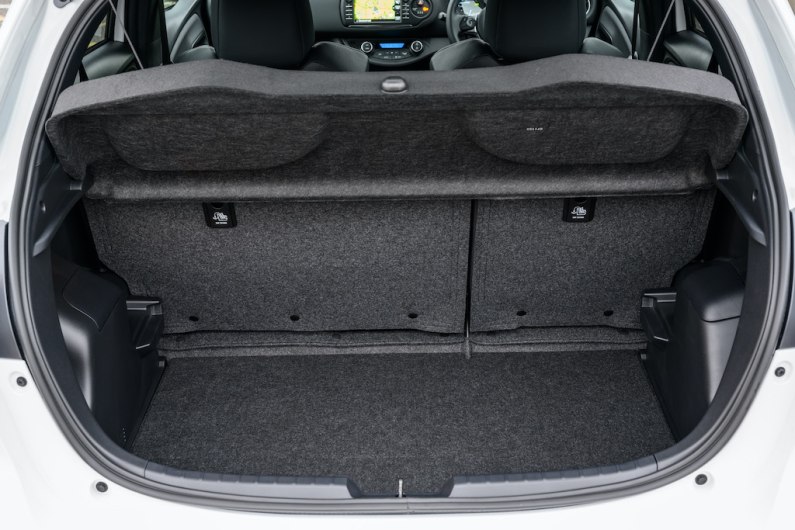
There is regenerative braking to charge the battery when the coasting with the resistance providing a gentles deceleration. For those new to hybrid motoring, this may take some getting used to. Instrumentation keeps you abreast of the powertrain’s status.
The CVT transmission does not try to simulate an automatic, instead the engine keeps a constant RPM even when accelerating. This continuous noise can become grating over time.
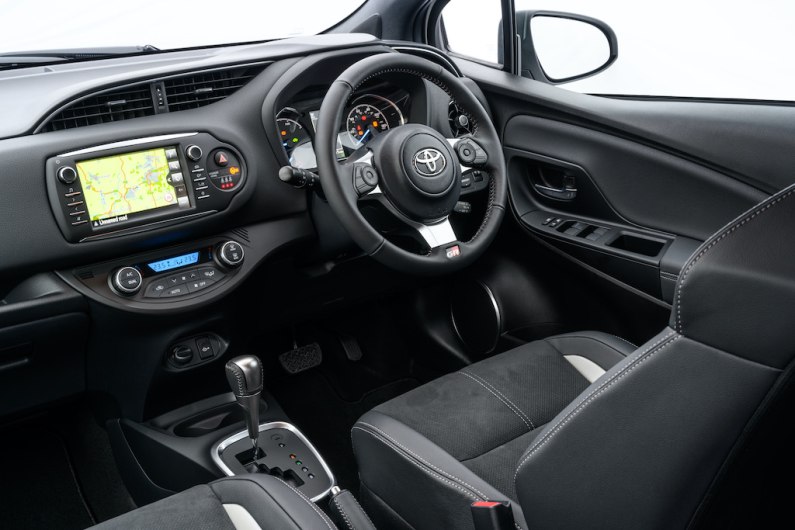
The 0-62km/h time of 12.59 seconds is amongst the worst in its class. It falls behind not only the Honda Jazz, but also the Volkswagen Polo by almost a full second.
The Yaris has a fuel economy rating of 43.56MPG, a pretty decent figure even amongst hybrid cars.
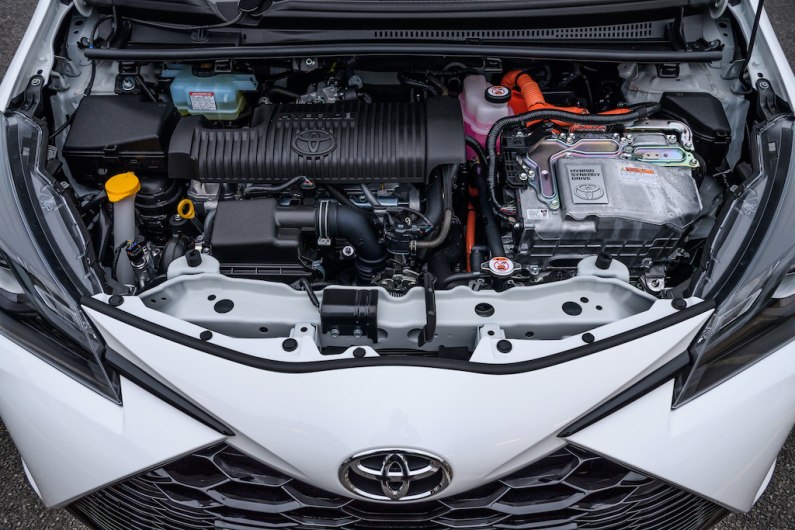
Independent MacPherson strut front suspension and torsion beam rear suspension does a respectable job of soaking up road imperfections, and does a good job when it comes to body control. Its steering can feel a little inconsistent leading to a nervousness at high speeds.
The throttle is sensitive at first touch, something that might tire your foot when stuck in a traffic jam. There was no visible fade throughout all 10 brake tests. The pedal itself is not all that linear, soft at the beginning and then suddenly hard.
